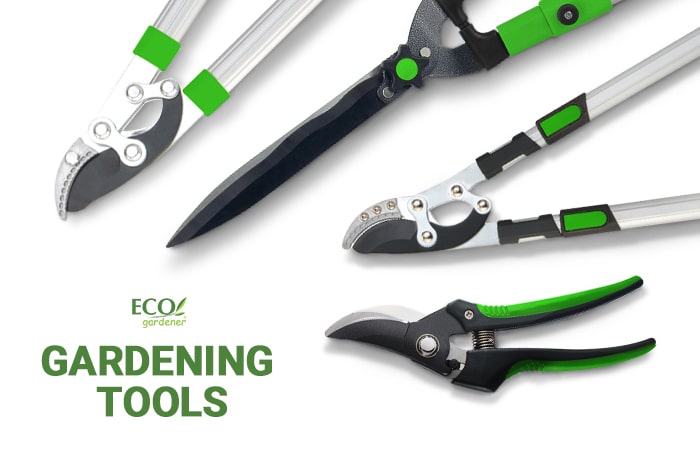The garden is at its most vulnerable during the winter months. Winter can be harsh and long – in many cases, it will be too cold to work in the garden when something goes wrong. That’s why it’s crucial to prep your trees and shrubs to ensure their survival.
Pruning your trees and shrubs is a part of preparing your garden for the winter. This is best done during winter when the trees and shrubs are dormant. Being dormant allows for quick recovery from pruning. Pruned trees and shrubs keep your outdoor space safe for you and the property nearby. Now before you go ahead and start pruning away, please keep these tips in mind:
Contents []
Common Questions About Pruning
Below are some of the most common asked questions about winter pruning. Find out the important things to consider and the tools you need to prepare for this winter gardening!
Should you prune in late winter or early spring?

The answer depends on your region. But one thing to keep in mind before pruning is to check if the greeneries are dormant. Dormancy speeds up the recovery of the plants from pruning, which is essential for next year’s blooming season.
You want to time the pruning BEFORE the start of new growths so the plants can focus on recovery before producing flowers. In temperate regions, most trees and shrubs become dormant during winter. In other regions, plants remain dormant during early spring. Flowering shrubs should be pruned AFTER producing flowers, typically in the late spring or summer.
Old wood and new wood flowering shrubs

Shrubs that produce flowers during the spring season should be pruned in the late spring and summer seasons but can also be pruned early in the winter. Shrubs that produce flowers on new wood, which is the growth generated in the coming spring season, should be pruned late in the winter season or early spring. These shrubs include:
- BeautyBerry
- Butterfly Bush
- Potentilla Roses
- Dogwood
- Summer Sweet
- Smooth hydrangeas
- St. Johnswort
On the other hand, flowering shrubs that produce flowers on old wood, which are growths from the previous year, should be pruned late in the spring or early summer. These shrubs include:
- Azalea
- mountain laurel
- Oakleaf hydrangea
- Rhododendron
- Virginia sweetspire
- Wisteria
- Lilacs
- Flowering almond
- Bridal wreath
Prune evergreens and trees in late winter
Late winter is the best time to prune evergreen shrubs and trees such as yew, holly boxwood, spruce, and fir. These evergreen shrubs and trees tend to stay dormant at this time. The same thing can be said for shade trees, you can prune in late winter.
As for trees that produce blooms in the spring, these should be pruned AFTER they produce flowers. And for your safety, consider hiring a professional when pruning trees because they have the right tools and skills to avoid accidents.
What trees to prune in winter?
Most trees need to be pruned in the winter season. Deciduous trees should be pruned in late winter to early spring. Evergreen trees must be pruned in the winter season, including evergreen, but trees like conifers require minimal trimming; just cut the lowest branches.
Oak trees must be pruned in February because sap-seeking beetles tend to spread in March. Flowering trees like dogwood, magnolia, redbud, cherry, and pear should not be pruned during the winter because the buds that will produce flowers will be cut. Instead, prune after blooming. Most pests tend to be active during spring, so avoid pruning around this time.
General Winter Pruning Tips

Choose a mild, dry day to prune trees and shrubs in the winter, not when it’s snowing heavily. Pruning during a mild day is more practical, and it prevents the spread of waterborne plant diseases. Pruning at this time will also minimize damage caused by freezing temps.
Avoid pruning too early in the winter because the cut branches will dry out once the temperature drops to freezing.
When pruning, start removing the dead, diseased branches first. This goes especially for browning caused by freezing temps, like snow and ice damage. This will improve the health of your plants while also making pruning much easier for you.
Remove the unwanted lower branches on evergreen shrubs and trees. Remove overgrown and smaller branches to increase light exposure and promote better air circulation. Thin out too dense foliage.
Knowing the right way to prune plants during winter reduces the damage caused by cutting the branches at cold temperatures. When it comes to pruning, you want to maintain the structure of the trees and shrubs and not go overboard with the cutting. You want to cut the branches at the node, which is the point one branch is attached to another.

Invest in high-quality pruning tools today! Check out our online store and complete your gardening tools and essentials to make things easier for you even during the winter.



